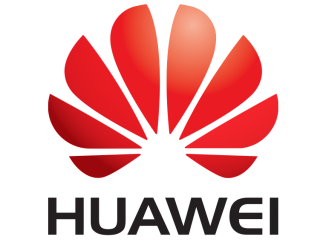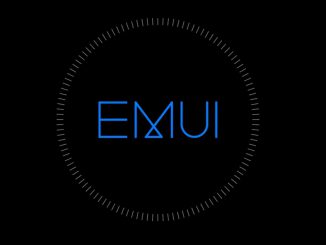
In various neighbourhoods of Brussels, the current 4G network regularly saturates. 5G could be the solution to this problem. Sadly enough, it seems we’ll have to wait a bit longer to not navigate in “Edge” or 3G in the city-centre or in the European neighbourhood during the lunch break.
Artículo disponible en Español | Article disponible en Français
While other European capitals and cities are already talking about deploying 5G networks, with many operators confirming a fully deployed and ready to use network by 2019-2020 (especially in France, for example), in Brussels, this will not be happening. To this, we have to add the fact that keeping the current 4G antennas isn’t easy, and building new ones is nearly impossible, due to the very strict health guidelines the city has on electromagnetic waves….
The problem in Brussels is quite complex. The city has some of the strictest health guidelines in Europe for wave emissions, not allowing carriers to build more antennas. Back in 2013-2014, the update of the network from 3G to 4G had already been problematic, and every single year, complaints are filled against the 4G antennas. To this, we also have to keep in mind that each antenna is taxed. Depending on the neighbourhood, this can go from 10 000 to 30 000 euros.
In Belgium, the first cities to get 5G could be Liège or Antwerp, leaving Brussels, the European capital, in a bad competitive situation on the digital and new technologies market.
Various digital companies from Brussels have already complained about the disadvantage of not having access to the 5G network, as this would not allow them to build applications for this technology. They are even ready to invest in the deployment of the new network.
The European Commission has also asked each member of the Union to have a city with 5G by 2020. Seeing how the negotiations between authorities, carriers and political parties don’t seem to advance, Brussels may end up not being the representant of Belgium in this European policy.
The advantages from 5G are not as impressing as the advantages the move from 3G to 4G provided, which meant more capacity and speed. Sure, 5G is at least 10 times faster than 4G, but users will not notice the difference in speed (except maybe here in Brussels…). This time, the advantages of this new technology can be found in the well-known “IoT” (Internet of Things), which is constantly mentioned by companies.
One of the main uses of 5G will be found in connected or autonomous cars, as well as the regulation of traffic, with connected traffic lights that analyse the traffic in real time and stay red longer or shorter, depending on other areas, to fluidify the traffic and reduce traffic jams. Connected public street lights could reduce power consumption by turning them on and off as soon as its day time. Another example is the usage of various assistants at home, which all form part of the IoT. Security cameras, intelligent lights, robot vacuum, fridge, all these objects will need a better network to be able to be connected and used without further clogging the existing network.
But, in reality, the ones who will benefit the most from 5G will be industries. Everything could be connected, from power, water and gas networks, to factories, and even livestock. One of the main players in 5G, Huawei, regularly showcases examples where 5G and IoT could be used, and how both industries and final consumers of the products could benefit from this. Huawei says that, by 2025, there will be 100 billion connected objects in the world.
The first 5G smartphones will arrive by the end of 2019 and beginning of 2020. Some of the currently available smartphones on the market are already ready, as they are compatible with 4.5G. The first 4.5G smartphones on the market where the Mate 10 and Mate 10 Pro, from Huawei. Their latest models, the P20 and P20 Pro, are also ready for the future.
In conclusion, to be able to benefit from the future of technology and connectivity, we have to… not live in Brussels. Well, whatever, we’ll be fine with our “Edge” connection during lunch breaks, on our 4.5G compatible smartphones.


